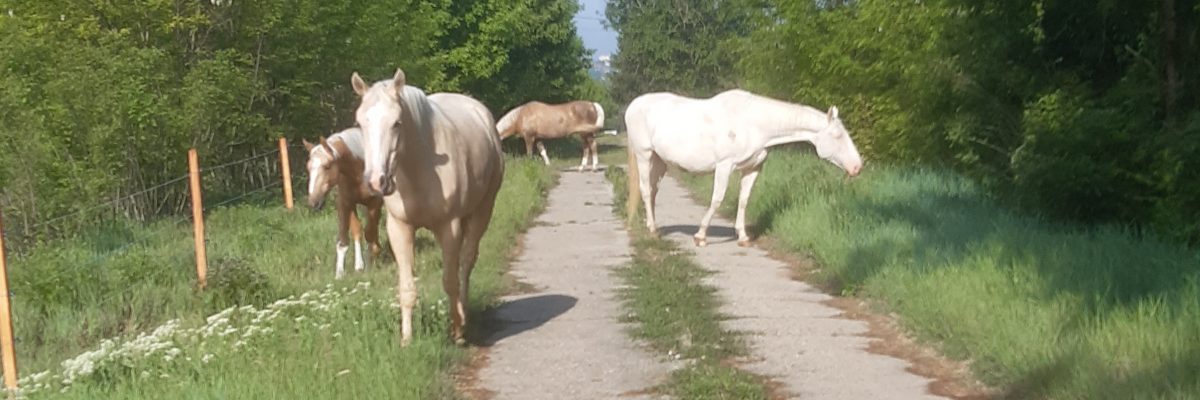When I was a child, I spent a lot of time with the farmers around our summer cottage in Blekinge. They were small, self-sufficient farmers with 3-5 cows, a couple of pigs, and a few horses used in both agriculture and forestry.
I loved helping out. For a city girl like me, being surrounded by animals and fresh air was pure joy. The farmers enjoyed having me around, as I willingly pitched in with tasks like mucking out stables, taking walks with the bored hunting dog, and joining in the haymaking – which felt like a celebration. The work was strenuous, but it also served as a testament to one’s prowess as a farmer.
The fields were harvested with horses and a mower. It wasn’t straightforward; it required a specific technique and the horse’s labor. After a few days of drying, the hay was turned, also with the help of horses. When the hay was almost dry, we made haystacks, hanging the hay by hand with a special technique. It was a bit clumsy for me at first, but I soon mastered the technique. Rain didn’t matter much when the hay hung on the haystack; it simply ran off.
Once the hay was completely dry, it was brought home with a wagon, horse-pulled. It was worth the effort when you got to ride in the hayloft. The scent was fantastic, and there was nothing more enjoyable than riding with the horse. One time, we got a flat tire on the way home! Since the load was high, and we sat at the top, we slid down with half the hay when the wagon tilted. It was just a matter of reloading when the wagon was fixed.
After the hay harvest, we went to the lake to bathe and wash off the dust and sweat. It sounds romantic, and it truly was. Despite the hard work, there was a certain self-satisfaction when the hay was finally home.
The loose hay was then piled up on the haystack and stayed there until it was needed. The scent was fantastic, allowing you to relive summer when feeding the horses in winter.
The fields were fertilized with cow dung and horse manure, burned together and spread with the horse.
The grass grew for many years, and it was rare to sow new seeds in these fields. Today, grass is almost sown every year – quick-growing grass that is even fertilized to grow faster. Plowing and spraying remove all native plants, including herbs and weeds that horses normally eat in the wild.
The hay is turned a few times with a tractor and never gets a chance to hang and dry properly before being pressed into bales. If you use tightly packed bales, the sides are also cut off, increasing the risk of mold during storage. Nowadays, larger bales are more common, preserving at least the straw.
Today, the goal is perfection, analyzing hay to determine its nutritional content. In the past, it was known that the hay was good when harvested in the traditional way.
Even though it’s nice to avoid working so hard with the hay, I think the charm of the hard work is something special. Especially when the wife or sister brought homemade treats and strawberry juice, I knew I was the child who had the most fantastic summer of all my classmates 🙂


